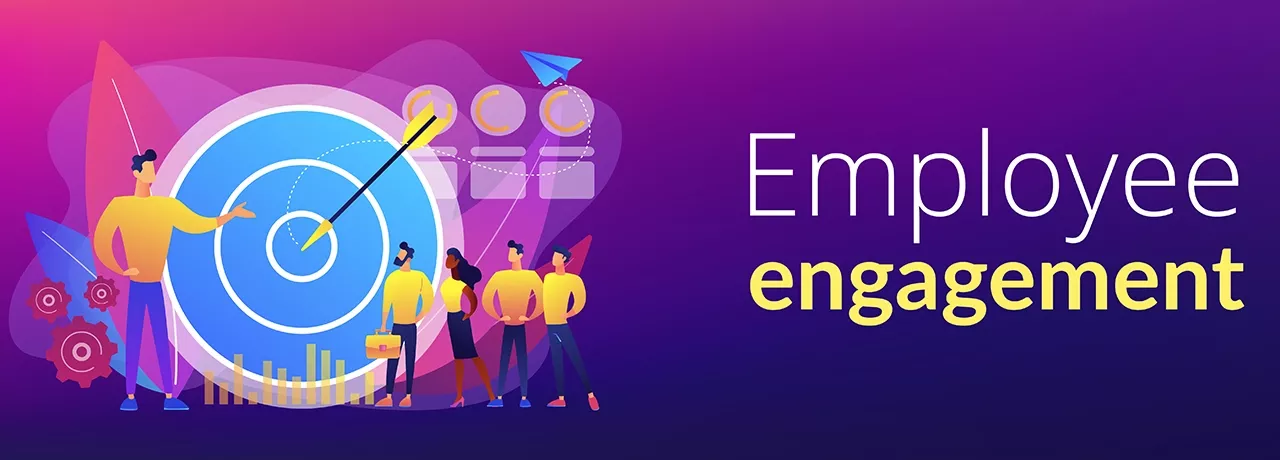
4 Things to Remember When Setting Employee Engagement Goals
March 2, 2020
By Gene Park
Implementing an effective employee engagement program can pay dividends in helping your organization reach larger goals, like boosting employee morale and retention. Josh Bersin & Associates find that organizations whose recognition programs are highly effective at improving engagement also have 31% less turnover among their workforce.
Your organization may have buy-in from leadership and you may have developed a plan so that employees experience meaningful recognition from managers and peers. But, are you truly reaching the goals set by your recognition and engagement strategy?
1. Define What Success Looks Like
Envision what successful employee recognition and engagement look like within your company. This isn’t a one-size-fits-all approach, because each organization faces its own set of challenges at any given time. Defining your employee engagement goals that make sense for your team is key.
For example, does your organization envision success as increased peer-to-peer recognition across your organization, which could build an environment where employees feel a true sense of purpose and belonging? Or does success look like reduced turnover and greater productivity among employees because managers are providing meaningful recognition that resonates with their workforce?
Having these well-defined goals upfront will make measuring employee engagement across the organization over time much more effective.
2. Develop a Vision and Motives For a Successful Strategy
Before you set initiatives or a plan of action, determine (amongst your organization) what a successful recognition strategy should look like and what results you want to see for your business. “At the end of the day, it affects how people feel about recognition, it affects communication around recognition and then knowing that it’s all working,” says a tenured Inspirus Solutions Architect.
3. Set Goals and Objectives
Your goals and objectives are the guidelines that will help your organization stay on track to reach bigger-picture success. Goals and objectives can be set at a company-wide level all the way down to department and individual levels, to make sure that everyone is on the same page and working towards a successful outcome. Aim to implement SMART goals, which are Specific, Measurable, Attainable, Relevant and Time-based. Goals that align with this are more likely to be achievable over the long run. Set aside time to review progress on each goal or objective to see if you are on track or if adjustments need to be made.
4. Find a Strategic Partner
As your team is determining which goals and objectives will help you reach successful outcomes, also consider including a strategic partner who can take a more objective approach as to what goals and objectives may be most effective for your organization. A strategic partner can also provide industry insights that will inform your planning and implementation process.
Keep the bigger picture in mind when implementing your recognition and employee engagement program. This keeps your plan aligned with your organization’s larger goals and helps a positive employee experience become an important part of your organization’s success.




